ul. Marszałkowska
All looked well until the outbreak of World War II which inevitably led to damage and destruction, firstly during the initial invasion in September 1939 and more acutely during and after the Warsaw Uprising of 1944. It's estimated that 80% of the street was destroyed.
Following the war, a massive rebuilding plan began across Warsaw, and indeed, Poland as a whole. It may surprise many to know that despite wartime devastation, quite a handful of pre-war buildings on Marszałkowska survived the war, but they would later fall foul to the Communist's plans to make the city centre look more Soviet. What you see today is the result of this plan, socialist realist architecture lining the majority of the street. This is most evident from the section that leads from the current day Plac Konstytucji (Constitution Square, built between 1950-52) to the city centre where the Palace of Culture and Science (PKiN, completed in 1955) now stands. In fact, it was due to the projects of creating a socialist realist city centre that the street itself was widened, partly to accommodate Communist parades that would lead from Plac Konstytucji right up to Plac Defilad (Parade Square) in front of PKiN. If the pre-war buildings stuck out too much in the street, away they went!
Across the street from PKiN, The Eastern Wall, a collection of buildings and tower blocks, was built in 1962 as Soviet architects looked to the west for inspiration and ideas - the results often lead to brutalist monstrosities popping up like mushrooms. Today the street looks much the same as it has for a while now, but the Eastern Wall itself underwent renovation, and the famous Rotunda Bank buildinghas also re-opened in 2020 following a major redevelopment.


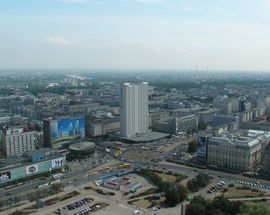
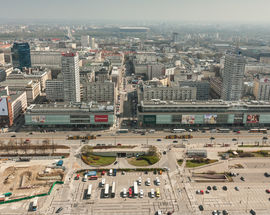
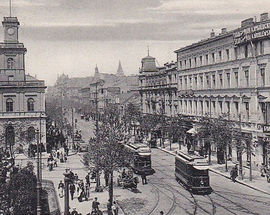
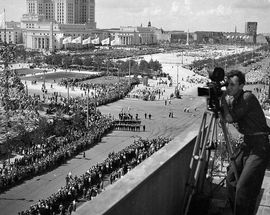
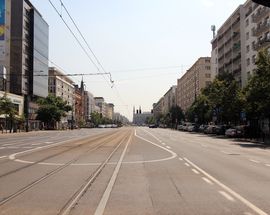
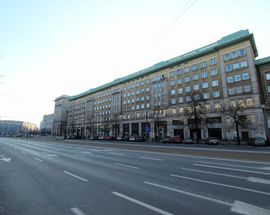
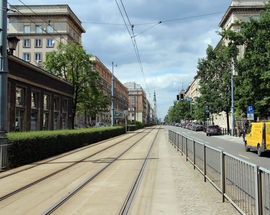

Comments